The SNAP program helps families who have lost or been damaged by a disaster get the food they need during a disaster. People who have been affected by the disaster can get extra money to replace food that went bad or was lost because of power outages or other problems caused by the disaster.
People who want to get D-SNAP benefits must meet certain requirements. First, people who are not already getting food stamps through the regular SNAP program are the only ones who can apply for D-SNAP. This rule about who can get emergency help makes sure that it gets to people who don’t normally get food aid but may be having a very hard time because of the disaster.
Understanding the D-SNAP program
One more important requirement is that applicants must have lived in an area that was officially declared a disaster area during Hurricanes Helene or Milton. People who live in counties directly hit by these hurricanes are the only ones who can apply. This is because the program’s goal is to help the areas most affected by these natural disasters. Damage and costs caused by the disaster
In addition to meeting the basic requirements, applicants must show that they have suffered a loss or expense that is directly related to the disaster in order to be eligible for the program. Here are some examples of situations that might fit:
- Food loss: Individuals who experienced food spoilage due to extended power outages may be eligible. These losses can be particularly challenging, especially when access to fresh food is disrupted.
- Damage to housing or self-employment property: Damage to one’s primary residence or a self-employed workspace that affects income generation may qualify as well. Repairing homes and businesses, which are often costly, adds significant financial strain to families already dealing with the aftermath of a disaster.
- Reduction or loss of income: Households that experienced an income reduction due to the disaster, such as being unable to work or losing a business, can also qualify. Lost wages or business income can disrupt financial stability, leaving families in need of immediate support.
- Additional disaster-related expenses: This may include emergency repairs, temporary housing costs, or any necessary expenses incurred directly due to the disaster. Unexpected costs during recovery can quickly add up, making emergency food support a critical form of relief.
Who can qualify for D-SNAP?
The Florida Department of Family Services gives people more than one way to apply for D-SNAP to make the process easier. Families who have been affected can apply in person at help centers that have been set up in the worst-hit areas, or they can apply over the phone.
This kind of adaptability is very important during disasters, when getting around may be hard and local infrastructure may be damaged.
As part of the application process, you must show proof that you live in a disaster-designated area and that you have suffered losses or expenses because of the disaster. This helps make sure that the money goes to the real people who need it, giving them a much-needed lifeline.
Just so you know, Americans who might not be able to get SNAP (Food Stamps) might be able to get Disaster SNAP. This can happen if they lose their job, their property is damaged, they lose food because the power went out, or they have to pay a lot of money to move.
If you have never gotten D-SNAP before, you should know that you will get money on an EBT card once you are approved. Electronic Benefits Transfer card is what EBT stands for.
When you use this D-SNAP EBT card, you can buy food at stores that are authorized to do so. Remember that you can only buy foods that are covered by SNAP. The D-SNAP program may be able to give you more Food Stamps if you are already getting SNAP benefits.
Crucial support in times of need
As a key part of recovery, D-SNAP is used by communities that have been affected. The program does more than just give families food; it gives them some stability during times of great uncertainty.
For families who qualify, this can help them save money while they rebuild their lives. D-SNAP helps disaster victims get back to normal life and deal with the problems that the disaster caused by quickly and specifically helping them.
Programs like D-SNAP do more than just give people money when they’ve had problems with their homes, incomes, or general stability. As a safety net that helps families start putting their lives back together, they offer comfort during times of trouble.
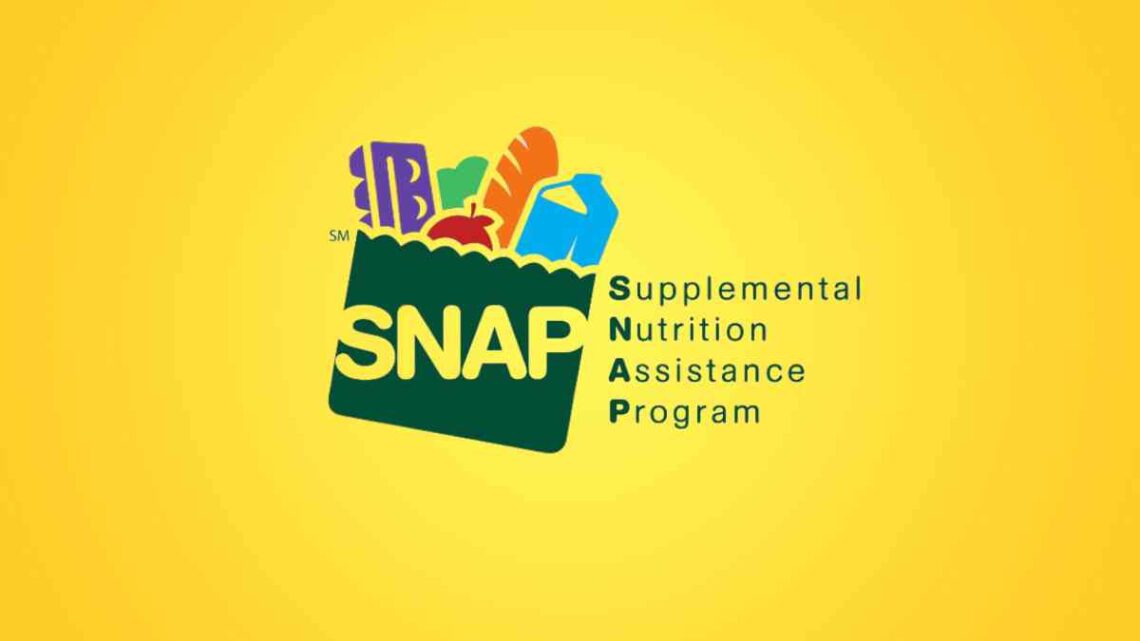
What is D-SNAP in GA?
You might be able to get D-SNAP if Hurricane Helene has hurt you. In fact, you can apply for a one-time payment that will help you buy food. There will be 4 parts to the Disaster Supplemental Nutrition Assistance Program.
From October 21, 2024, to November 23, 2024, they will be there. Don’t forget that some phases may have ended already. Because of this, you can’t apply anymore. Steps 1 and 2 are the same way.
- Phase 3 will take place from Thursday, November 7, 2024, to Thursday, November 14, 2024, excluding Sunday, November 10, and Monday, November 11, 2024, for the counties of Burke, Columbia, Glascock, Jefferson, Jenkins, Lincoln, McDuffie, Richmond, Screven, Taliaferro, Warren, and Washington.
- Phase 4 will occur from Monday, November 18, 2024, to Saturday, November 23, 2024, for the counties of Appling, Bulloch, Candler, Dodge, Emanuel, Evans, Jeff Davis, Johnson, Laurens, Montgomery, Tattnall, Telfair, Toombs, Treutlen, Wayne, and Wheeler.
What is D-SNAP in Florida?
- D-SNAP provides food assistance for individuals and families affected by Hurricanes Helene and Milton who are not already receiving regular SNAP benefits. It is implemented by the Florida Department of Children and Families (DCF) in partnership with the USDA.
- To qualify, applicants must have lived in a disaster-declared county at the time of the hurricanes, must have suffered disaster-related losses like home damage, food loss, income loss, or disaster expenses, and must meet financial eligibility requirements.
- D-SNAP is being implemented in phases by county. Pre-registration is required by all applicants either online or by phone. DCF is offering phone interviews to expedite service, and will also host in-person events for those who can’t participate by phone.
- Eligible recipients will receive an EBT card in the mail that can be used to purchase food at authorized retailers. The amount is intended to meet the household’s food needs in the short-term after the disaster.
- Even those who don’t normally qualify for SNAP may be eligible for D-SNAP if they live in the disaster area and meet the criteria. Regular SNAP recipients may also get a supplement up to the maximum allotment for their household size.
What is D-SNAP in NC?
- D-SNAP was implemented in 25 western NC counties from Oct. 18-24, 2024 following Hurricane Helene. It provided benefits to people affected by the hurricane who were not already receiving regular SNAP benefits.
- To be eligible, applicants must have lived in a disaster-declared county, suffered losses/damage related to Hurricane Helene, provide proof of identity and residency if available, and meet certain income and resource limits.
- People had to pre-register online or by phone, then complete an interview by phone or in-person. Over 164,000 individuals were approved for D-SNAP benefits in Phase 1.
- D-SNAP benefits are issued on an EBT card that can be used to purchase food at authorized retailers for up to 9 months. The amount is intended to meet short-term food needs after the disaster. A family of four could receive approximately $975.
- Those not eligible for D-SNAP can apply for regular FNS benefits through their county DSS office, or for WIC benefits if pregnant or have young children. Calling 2-1-1 can also connect people to nearby food resources.
Read Also :- Numismatics Coins – How much is one of the most recent and ugliest coin in the U.S. worth?



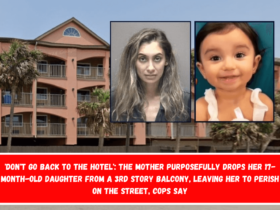




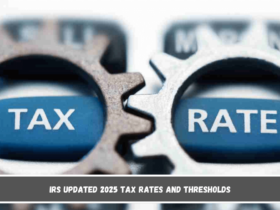
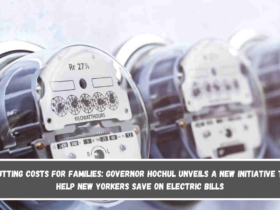
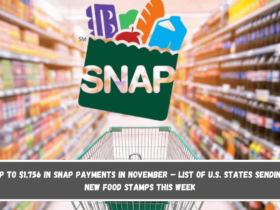
Leave a Reply